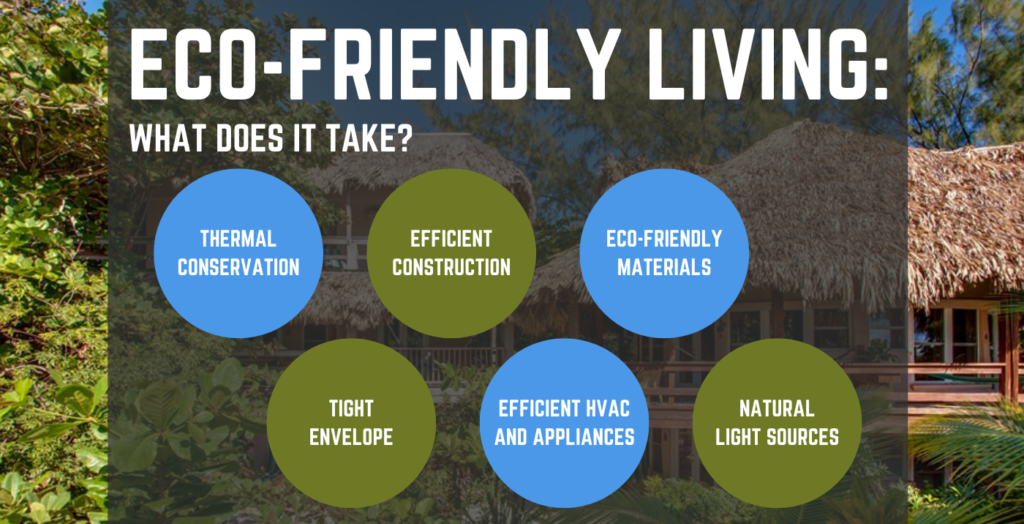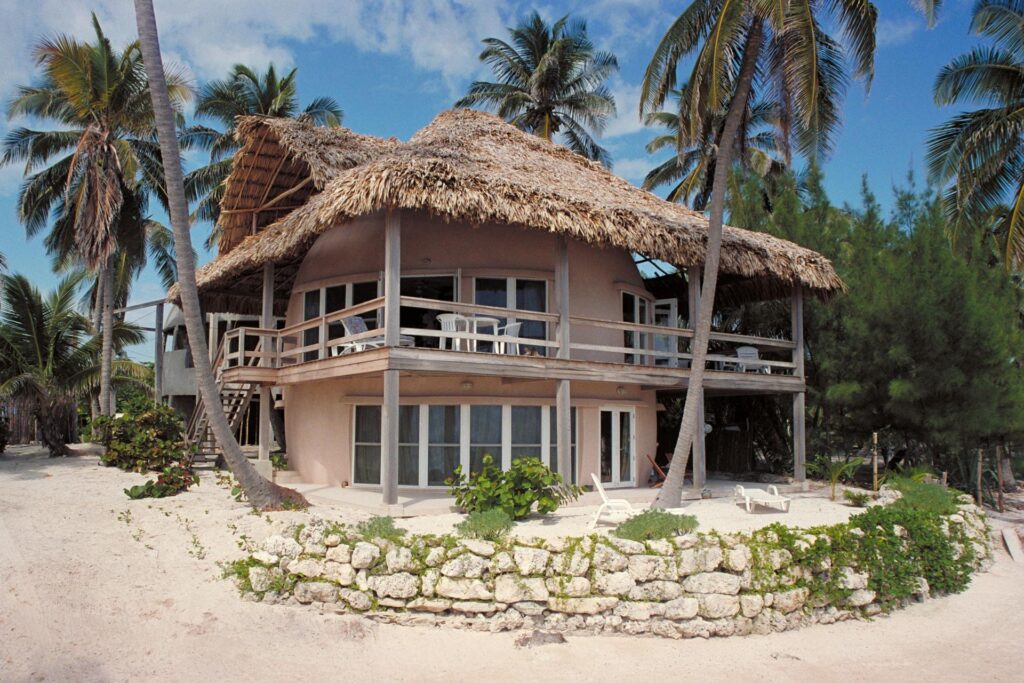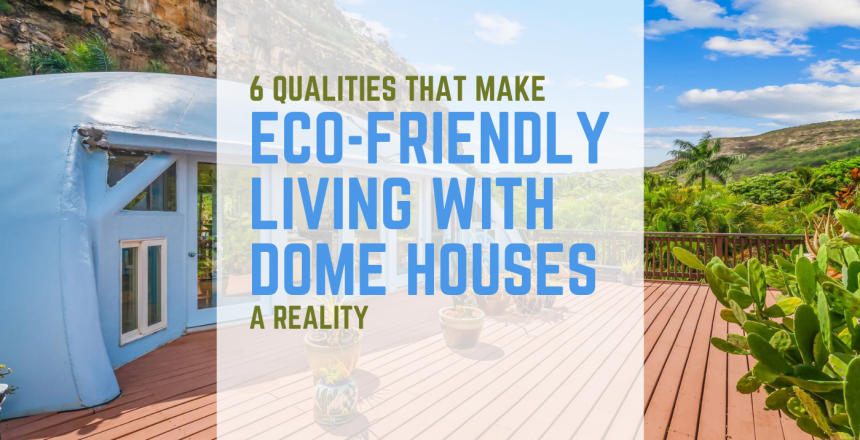Concrete domes provide many benefits, but most of the focus is on their strength. What you may not realize is that these structures are also environmentally friendly. From the materials to the energy efficiency, it’s easy to achieve truly eco-friendly living with dome houses.
What Makes a Home Eco-Friendly?
Eco-friendly homes focus on reducing the carbon footprint of the structure in every aspect possible. From the materials to the direction the windows face, you can make a home more eco-friendly with each decision you make.
The most eco-friendly designs include:
- Thermal Conservation: maintaining the climate within the structure
- Efficient Construction: little to no waste materials
- Environmentally Conscious Materials: materials are either safe for the environment or can be used for extended periods of time to offset the carbon impact of new construction
- Tight Envelope: air purity is easily controlled, and there is minimal heat transfer
- Efficient HVAC and appliances: both the heating and cooling system and the appliances run as efficiently as possible
- Natural Light Sources: utilize natural light instead of artificial light to reduce power requirements

Eco-Friendly Living with Dome Houses
With these qualities in mind, it’s already easy to see that dome houses can be eco-friendly. Here’s how each quality shows up in the construction of concrete domes.
Thermal Conservation
Unlike conventional homes, concrete dome houses are completely insulated. Concrete domes are built with several inches of polyurethane foam that is then coated with steel-reinforced concrete. That combination provides a high thermal mass coefficient. Heat does not readily escape this type of construction. Eco-friendly living with dome homes starts from the ground up, quite literally.
In fact, it’s so good at preventing thermal transfer that the interiors of dome homes can even be kept relatively stable using only incandescent bulbs for heat sources. And this thermal conservation goes both ways: blazing hot outside temperatures have little effect on the interior climate, even in large dome arenas.
Efficient Construction
Conventional homes can be built efficiently, but they can’t compete with a shape that is inherently more efficient than squares and triangles. Domes offer the most efficient surface-area-to-material ratio possible. That efficiency translates into less construction costs and a smaller carbon footprint than conventional building techniques.
Environmentally Conscious Materials

Concrete and spray foam may not be the first materials that come to mind when you think of green living. But when you consider the longevity that reinforced concrete domes are known for, eco-friendly living with dome houses makes more sense.
While most homes, including geodesic domes, have components that deteriorate in a few decades, dome houses offer an environmentally friendly alternative through construction that lasts for centuries.
And as new technologies become available, including rediscovered techniques like Roman concrete, that lifespan could extend even further.
Tight Envelope
Heating and cooling costs can account for as much as 53% of a home’s energy expenses each year. Between inefficient appliances and heat transfer through doors, windows, and walls, our homes rarely see optimal energy usage. But dome homes aren’t built like other homes.
Because the structure itself is a single piece, rather than many separate components fastened together, concrete domes have some of the tightest envelopes in construction.
Highly Efficient HVAC Systems and Appliances
HVAC systems for dome homes are often half as big as systems for similarly sized conventional homes. That makes dome homes eco-friendly enough to reduce energy costs by as much as 75% annually.
And that efficiency allows other appliances to run more efficiently as well. Refrigerators, ovens, and dryers all benefit from a home that regulates temperatures with ease by providing optimal temperatures for operation.
Natural Light Sources
While concrete may seem like a gloomy choice of material at first glance, it’s quite the opposite when designed properly. Each dome home is completely customized, so it’s up to the builder how many windows are incorporated into the design. But whenever windows are a feature of the design, natural light makes these dome homes incredibly bright, warm, and welcoming.
Aesthetics are important, but natural light also serves a purpose for environmentally friendly living. Natural light sources provide thermal benefits, along with a reduced need for artificial light sources throughout the day.
Embrace Eco-Friendly Living with Dome Houses
It’s easy being green when your home cuts energy consumption through the use of long-lasting materials and efficient construction. That’s why dome houses are some of the most environmentally friendly homes available today. No matter what your climate, you can be sure that choosing a concrete dome house over conventional homes.
Want to see a dome home for yourself? Come visit our Tea, SD, location and get a tour of our mini dome home to experience it firsthand! Send a message or give us a call to schedule your tour today!



